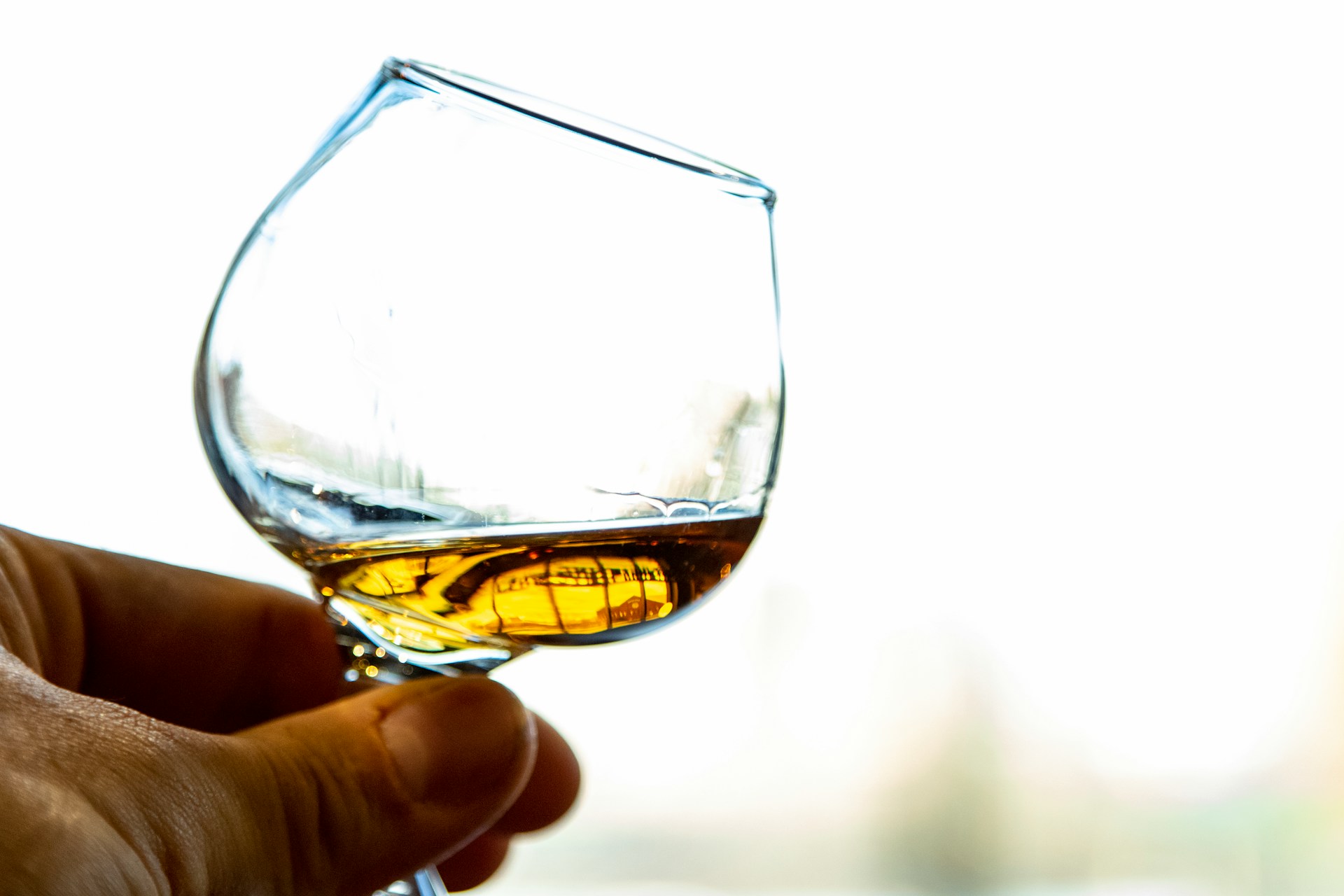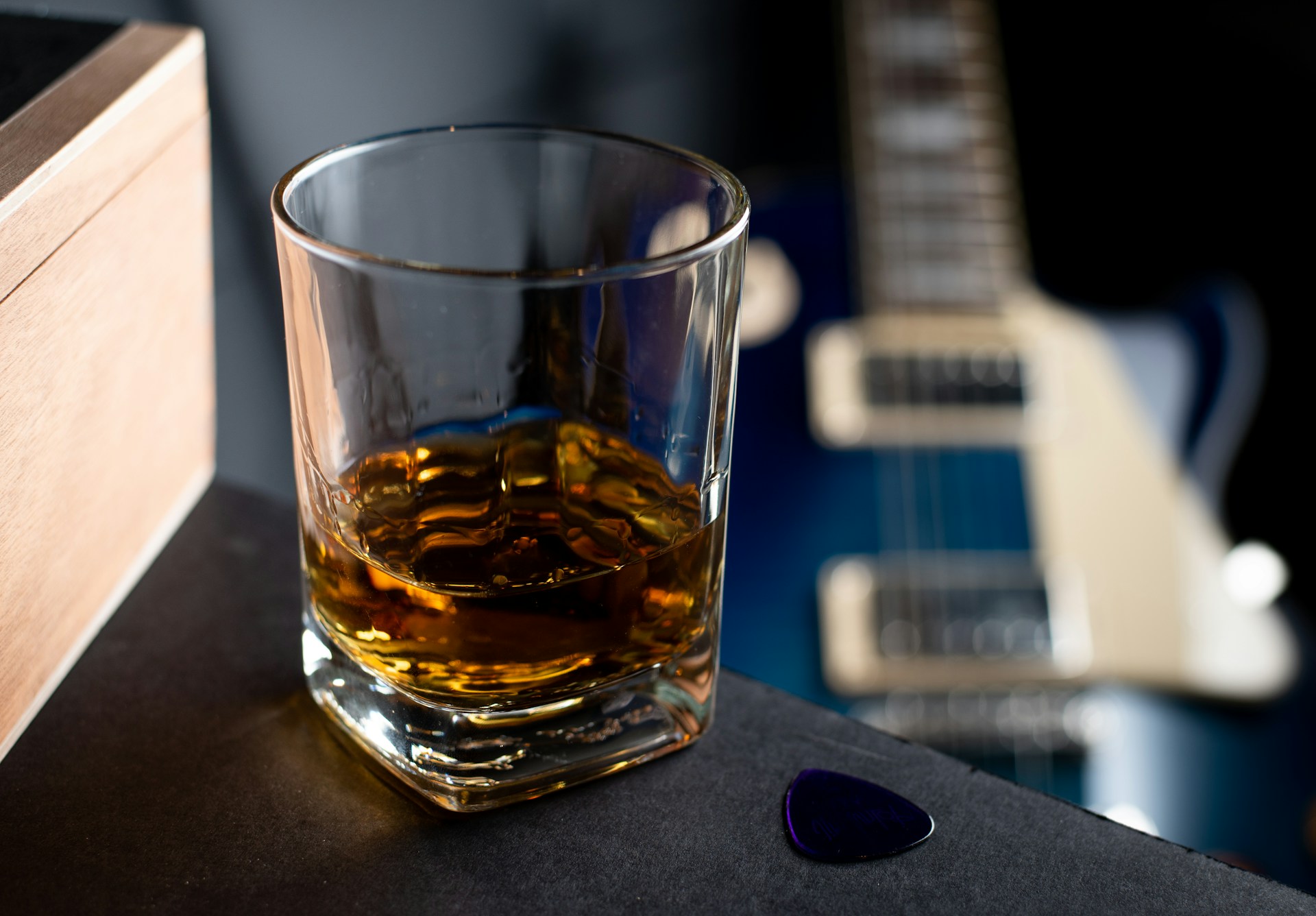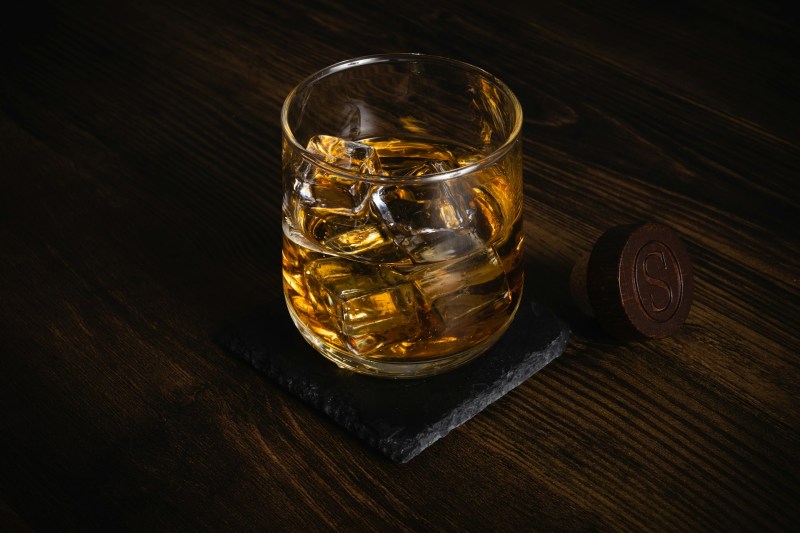
Like most aged spirits, brandy and bourbon look the same. If you’re a drinking novice and someone puts a glass of bourbon and a glass of brandy side by side, you might even have a little difficulty figuring out which is which. Both are golden to caramel in color depending on the age. The two spirits also carry some of the same aromas and flavors, like oak, caramel, and fruity flavors. That being said, the two spirits couldn’t be more different.

A very different base
Bourbon is often referred to as America’s “native spirit”. If you didn’t already know it, this is a reference to its history and cultural significance in the US. It’s also a reference to the rules of bourbon whiskey. That being that it must be made in the US (not just Kentucky). While there are various other rules and regulations, the other most important rule is that, to be called a bourbon, the whiskey must have a mash bill of at least 51% corn. So, it’s a corn-based spirit.
When matured in charred oak barrels, it’s known for its nuanced, complex flavor profile featuring butterscotch, vanilla beans, cinnamon, cracked black pepper, dried fruits, and various other immediately recognizable flavors.
Brandy, on the other hand, is a distilled spirit made from fermented fruit juices. Its name comes from the Dutch word ‘brandewijn’ which translates to ‘burnt wine”. While the most common fruit used to make brandy is grapes, this spirit can also be made from other fruits including apples, pears, blackberries, and many other fruits. There is one major rule when it comes to brandy. If it’s simply labeled ‘brandy’, this means it’s made from grapes. If it’s made from any other fruits, it must be labeled with the fruit before the word ‘brandy’.
While there are different types of brandy, when it’s matured it gains a lot of complexity as well as flavors like oak, caramel, vanilla, floral notes, and a ton of fruit flavors.

Different types of brandy
Not all brandy is Cognac, but all Cognac is brandy. That’s because brandy is the all-encompassing umbrella term for spirits made from fruits (primarily grapes). There are myriad different types of brandy, and you’ve probably heard of a few (even if you didn’t know they were brandies).
We already mentioned Cognac, the French grape-based spirit. Other brandies include:
- Brandy (grape-based, aged spirit)
- Calvados (a French apple or pear-based brandy)
- Grappa (an Italian grape seed, stalks, and stem-based brandy)
- Pisco (a Peruvian and Chilean grape juice and grape must-based brandy)
- Armagnac (similar to Cognac, this grape-based brandy is made in the Gascony region of France)
- Eau-de-vie (a term for un-aged brandy)
There are also flavored brandies and the aforementioned fruit brandies (apple, berry, etc.).
To say that brandy is a complicated spirit is a major understatement. Sure, you can simply tell people you enjoy “brandy,” but there’s a good chance there will be a follow-up question about which brandy you prefer. Be prepared to dive into Cognac, calvados, and other brandies in this case.

Different types of bourbon
Bourbon is much different than brandy when it comes to sorting out the different types. It would be much easier if you were going to ramble on about the different types of whisk(e)y. That’s because, like single malt Scotch whisky, rye whiskey, Japanese whisky, and Irish whiskey, bourbon is a type of whiskey.
There are different kinds of bourbon, though. They just aren’t as diverse as brandy. While there are other offshoots, it’s safe to say that there are several different types of bourbons (and some fall into multiple categories):
- Cask strength (high alcohol content, usually around 120-proof)
- Bottled-in-bond (100-proof, matured for at least four years in Federally bonded warehouses)
- Single barrel (a whiskey made from one single barrel)
- High corn (a high corn-content whiskey)
- High rye (a whiskey with a lot of rye in its mash bill)
- Wheated (a whiskey with a lot of wheat in its mash bill)
- Small batch (a whiskey made from a limited number of barrels)

Aging connects
Now that you know a little bit about brandy and bourbon, you can now understand why some drinkers might find them similar in taste and appearance even though they are extremely different spirits. This is mostly due to the aging process and all the flavors imparted by charred oak and other woods. Regardless of the original ingredients, whether they are corn, grapes, or apples, maturation in wood will add some of the same, complex, nuanced flavors.



